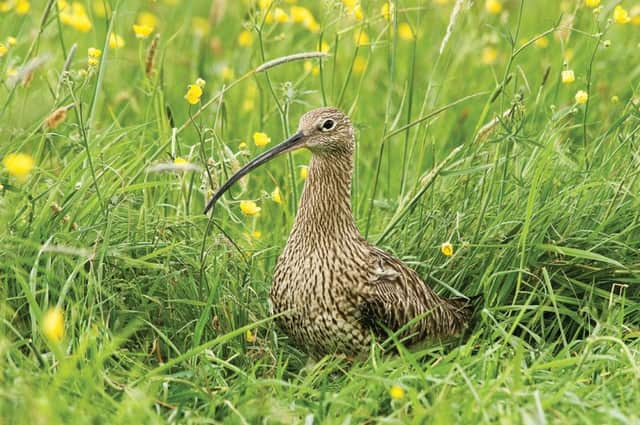No culling of crows for curlews' sake in National Park


The RSPB has had to defend the controversial practice, amid reports of members abandoning the charity due to their opposition to the organisation killing one bird to protect another.
Martin Harper, the RSPB’s head of global conservation, said: “Making the decision to employ legal, lethal methods of predator control is never easy. In fact, it’s a practice we go to great lengths to avoid until we can see no other viable conservation alternatives and when the need is sufficiently great. In the case of saving the curlew, unfortunately that’s where we are.”
Advertisement
Hide AdAdvertisement
Hide AdSince the mid-1990s, the breeding population of Eurasian curlews in the UK has halved and the RSPB is undertaking a five-year recovery programme to improve the conservation prospects for the species, with trial management being undertaken across six key areas in the UK, including two in Northern England. However, the Northumberland National Park, which is described as ‘one of the best places to see and hear curlews’ by Visit England, is not involved , although some control measures are in place and a coordinated effort to protect waders ‘may be considered in the future’.
Gill Thompson, ecologist for the Park Authority, explained that the RSPB does not have any reserves within the Park, although it does work with them on projects.
She said: “The National Park understands the importance of species management in order to promote biodiversity within our natural landscapes, however, we would always advocate natural intervention such as habitat improvement in the first instance to help species to flourish before instigating active control measures.
“Crows predate on ground nesting birds’ chicks and eggs, therefore control measures are in place on some of the privately-owned estates and land within the Park to promote the survival of species such as grouse, pheasant and partridge (and in some places, lambs). These protective measures can subsequently help to ensure the survival of other bird species, including waders such as curlews. At present, there is no coordinated effort to promote wader survival through predator control in the Park, but it may be considered in the future.”